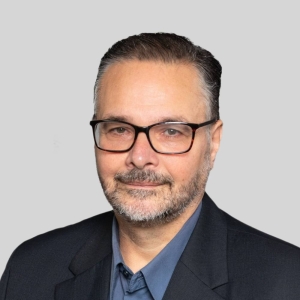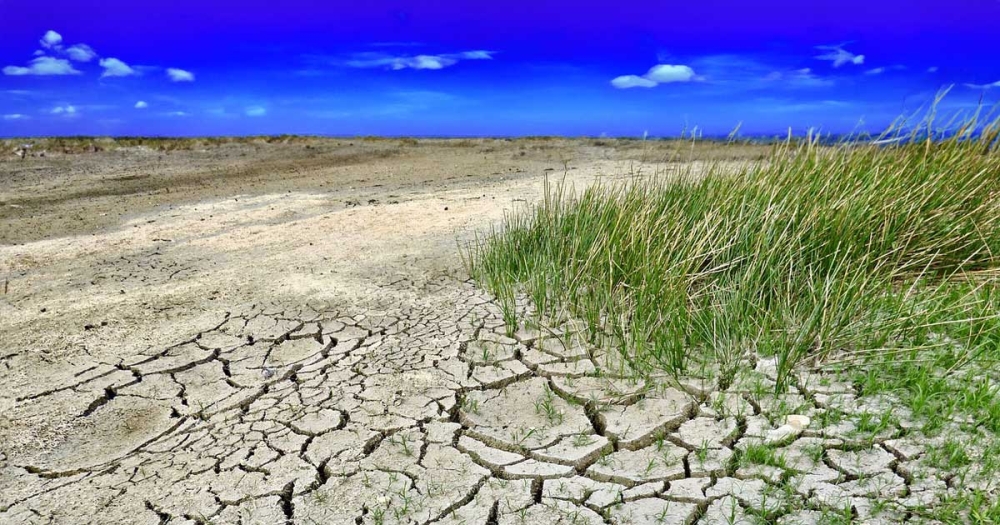This study is based on the analysis titled "Never Too Early to Prepare for Next Winter: Europe’s Gas Balance for 2023-2024" from the International Energy Agency. Since the publication of the analysis, we have been able to refine several previous assumptions. Utilizing descriptive analysis of natural gas transit data and trade statistics, along with simulations from the ECMWF and CFS climate models, and building upon the most probable scenario, this study aims to provide a more accurate forecast of the natural gas supply-demand dynamics characteristic of the heating season. This includes anticipating the resultant impact on natural gas prices based on the prevailing global atmospheric physics and atmospheric chemistry models at the time of study.
The energy crisis that erupted in 2021 and the Russian-Ukrainian conflict that escalated in late February 2022 propelled natural gas prices to unprecedented heights. Concurrently, European sanctions policies rendered the supply of Russian natural gas via pipelines increasingly uncertain. The cessation of the Jamal (which brings gas from Russia through Belarus and Poland to the European market) and Imata pipelines (which brings gas from Russia through Finland to the Scandinavian market), the capacity reduction of the Brotherhood pipeline (which brings gas from Russia through Ukraine to the European market), and sabotage on the Nord Stream-1 and Nord Stream-2 (direct gas pipelines from Russia to Germany) led to the disappearance of roughly 83,6 billion cubic meters of natural gas from the market. This shortfall was mitigated by Europe through increased greenhouse gas-emitting LNG imports, industrial production cutbacks, and reduced residential consumption.
In 2022, the EU's domestic natural gas demand decreased by 13.8% (56.9 billion cubic meters) compared to 2021, plummeting to 356 billion cubic meters. Such levels had only been observed once since the mid-1990s, specifically in 2014. During that year, both winter and summer were remarkably mild, resulting in subdued heating requirements in the early months and lower electricity consumption during summer. The consumption reduction, even by conservative estimates, is attributed to an industrial production decrease of 10-11 billion cubic meters, rather than efficiency improvements, alternative fuel usage, the mild winter, or residential savings.
To maintain a favorable supply-demand balance, it is imperative to have readily available mobilizable natural gas quantities, sufficient to meet Europe's needs until the commencement of the 2024 injection season, without relying on other global consumer demands. Quantity-wise, the supply is deemed ample, providing a surplus beyond the 2022 requirements for energy-intensive industrial players, accounting for less favorable weather shifts, and ensuring the energy security of Ukraine and Moldova in case of a halt in Russian deliveries. Quantitatively, this natural gas volume amounts to 395 billion cubic meters according to IEA calculations.






